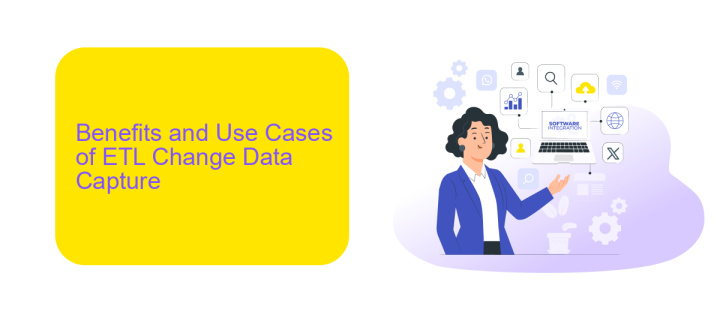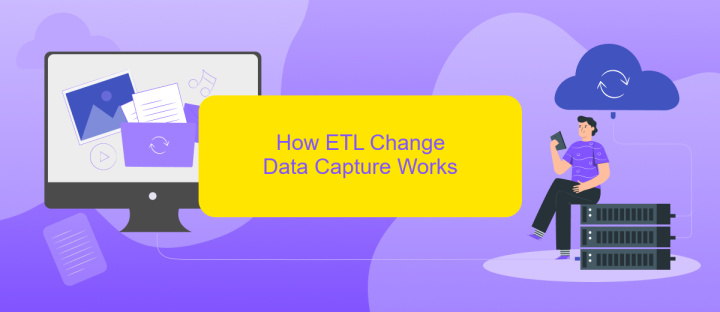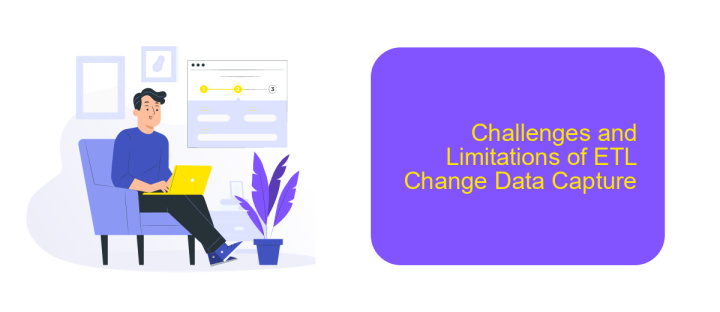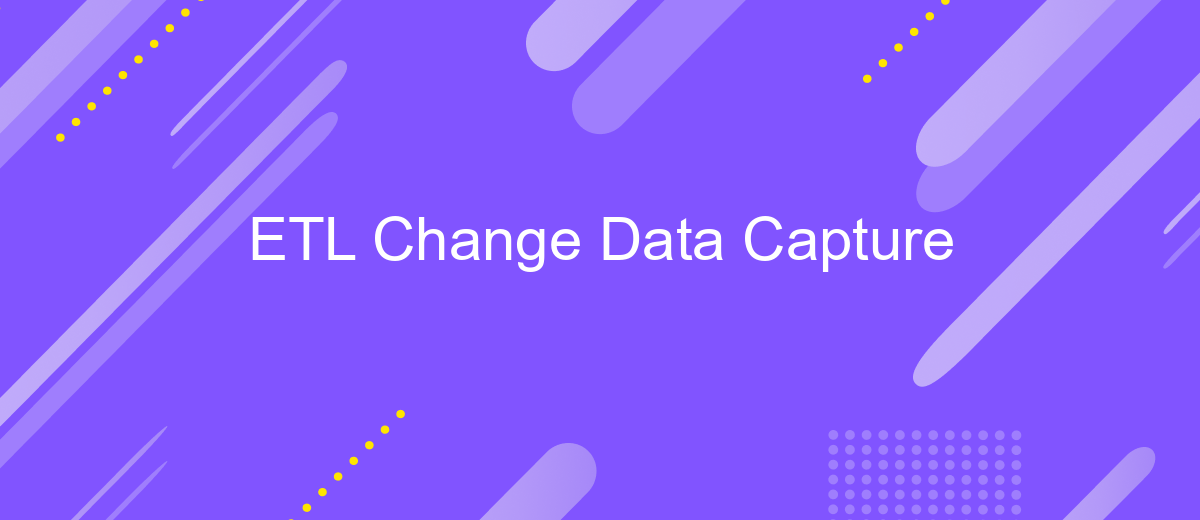ETL Change Data Capture
Change Data Capture (CDC) is a crucial process within ETL (Extract, Transform, Load) systems that ensures real-time data synchronization and consistency across databases. By capturing and tracking changes in source data, CDC enables efficient data integration and minimizes the risk of data discrepancies. This article explores the fundamentals of CDC, its importance in modern data workflows, and best practices for implementation.
Introduction to ETL Change Data Capture
ETL (Extract, Transform, Load) Change Data Capture (CDC) is a crucial process in modern data management, allowing organizations to efficiently track and manage changes in their data sources. This process ensures that data is always up-to-date and consistent across various systems, providing accurate insights and analytics for decision-making.
- Extract: Captures changes from the source data.
- Transform: Processes the captured changes to fit the target schema.
- Load: Applies the transformed changes to the target system.
Implementing ETL CDC can be complex, but tools like ApiX-Drive simplify the process by providing seamless integration between various data sources and destinations. ApiX-Drive automates data capture and synchronization, reducing manual efforts and ensuring data integrity. This makes it easier for businesses to maintain up-to-date data without extensive technical expertise.
Benefits and Use Cases of ETL Change Data Capture

ETL Change Data Capture (CDC) offers numerous benefits, making it a crucial component in modern data management. By capturing and processing only the changed data, CDC significantly reduces the load on data warehouses and improves the overall efficiency of data processing. This approach ensures that data is always up-to-date, providing real-time insights for better decision-making. Additionally, CDC enhances data integrity and consistency across multiple systems, minimizing the risk of data discrepancies and errors.
ETL CDC is particularly useful in various scenarios such as real-time analytics, data replication, and data migration. For instance, businesses can leverage CDC to synchronize data across different platforms, ensuring seamless integration and consistency. Services like ApiX-Drive can facilitate this process by providing robust tools for setting up and managing integrations effortlessly. This is especially beneficial for companies looking to automate workflows and maintain accurate data across diverse applications. Overall, ETL CDC is indispensable for organizations aiming to optimize their data strategies and achieve operational excellence.
How ETL Change Data Capture Works

Change Data Capture (CDC) in ETL processes is essential for efficiently capturing and integrating changes from source systems to target data warehouses. This ensures that the data in the target system is always up-to-date without the need for full data refreshes.
- Identify Changes: CDC identifies changes in the source data, such as inserts, updates, and deletes.
- Capture Changes: These changes are captured in real-time or near-real-time using logs or triggers.
- Transform Data: The captured data is then transformed according to business rules and data quality requirements.
- Load Data: Finally, the transformed data is loaded into the target data warehouse or data lake.
Tools like ApiX-Drive can significantly streamline the CDC process by automating the integration and synchronization of data across various platforms. This ensures that your ETL pipeline remains robust, efficient, and capable of handling continuous data changes with minimal manual intervention.
Challenges and Limitations of ETL Change Data Capture

Implementing ETL Change Data Capture (CDC) processes can present several challenges and limitations that organizations need to consider. One of the primary challenges is ensuring data consistency and integrity during the capture and transformation stages. As data changes frequently, maintaining a synchronized state between the source and destination systems can be complex.
Another significant challenge is managing the performance impact on the source systems. Continuous monitoring and capturing of data changes can introduce overhead, potentially affecting the performance of the primary systems. This is particularly critical for high-transaction environments where any latency can have substantial business implications.
- Data consistency and integrity
- Performance impact on source systems
- Complexity in handling schema changes
- Scalability issues with growing data volumes
To address these challenges, organizations can leverage integration services like ApiX-Drive, which offer efficient and scalable solutions for automating data workflows. ApiX-Drive simplifies the setup of ETL processes, allowing businesses to focus on data analysis rather than the intricacies of data capture and transformation. However, it is essential to evaluate the specific needs and constraints of your organization to choose the right tools and strategies.


Best Practices for Implementing ETL Change Data Capture
Implementing ETL Change Data Capture (CDC) requires careful planning and execution to ensure data integrity and efficiency. Start by selecting the right CDC method for your needs, whether it’s log-based, trigger-based, or timestamp-based. Each method has its pros and cons, so evaluate them based on your system's architecture and requirements. Additionally, ensure that your ETL tools are capable of handling the chosen CDC method effectively. Regularly monitor and optimize the performance of your CDC processes to prevent bottlenecks and data lags.
When setting up integrations, consider using a service like ApiX-Drive, which simplifies the process of connecting various data sources and destinations. ApiX-Drive offers a user-friendly interface and robust features that can help automate and manage your ETL workflows efficiently. Implementing proper error handling and data validation mechanisms is crucial to maintain data quality. Lastly, keep your documentation up-to-date and train your team on best practices for managing and troubleshooting CDC implementations, ensuring long-term success and reliability.
FAQ
What is Change Data Capture (CDC) in ETL?
Why is CDC important in ETL processes?
How does CDC work in ETL?
What are some common methods for implementing CDC?
Can CDC be automated and integrated with other systems?
Do you want to achieve your goals in business, career and life faster and better? Do it with ApiX-Drive – a tool that will remove a significant part of the routine from workflows and free up additional time to achieve your goals. Test the capabilities of Apix-Drive for free – see for yourself the effectiveness of the tool.

